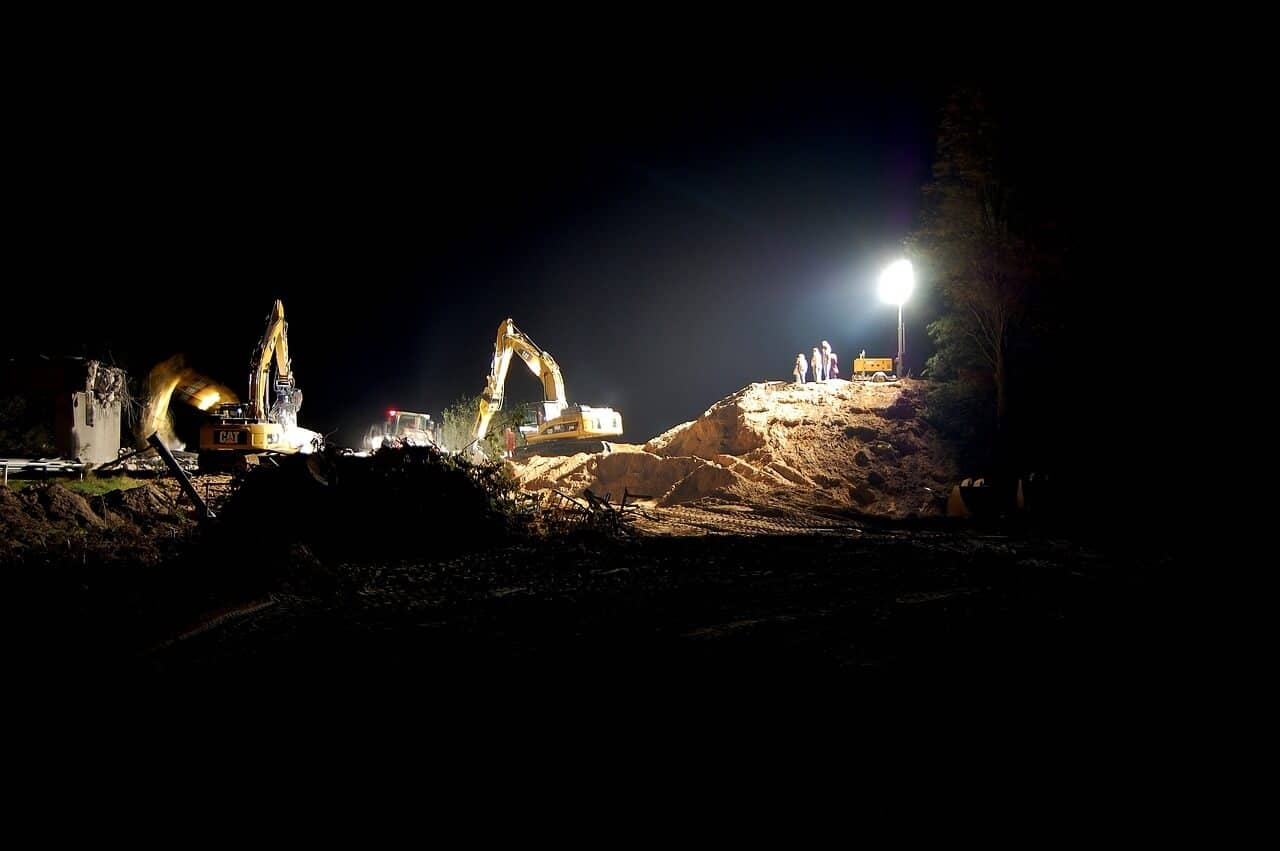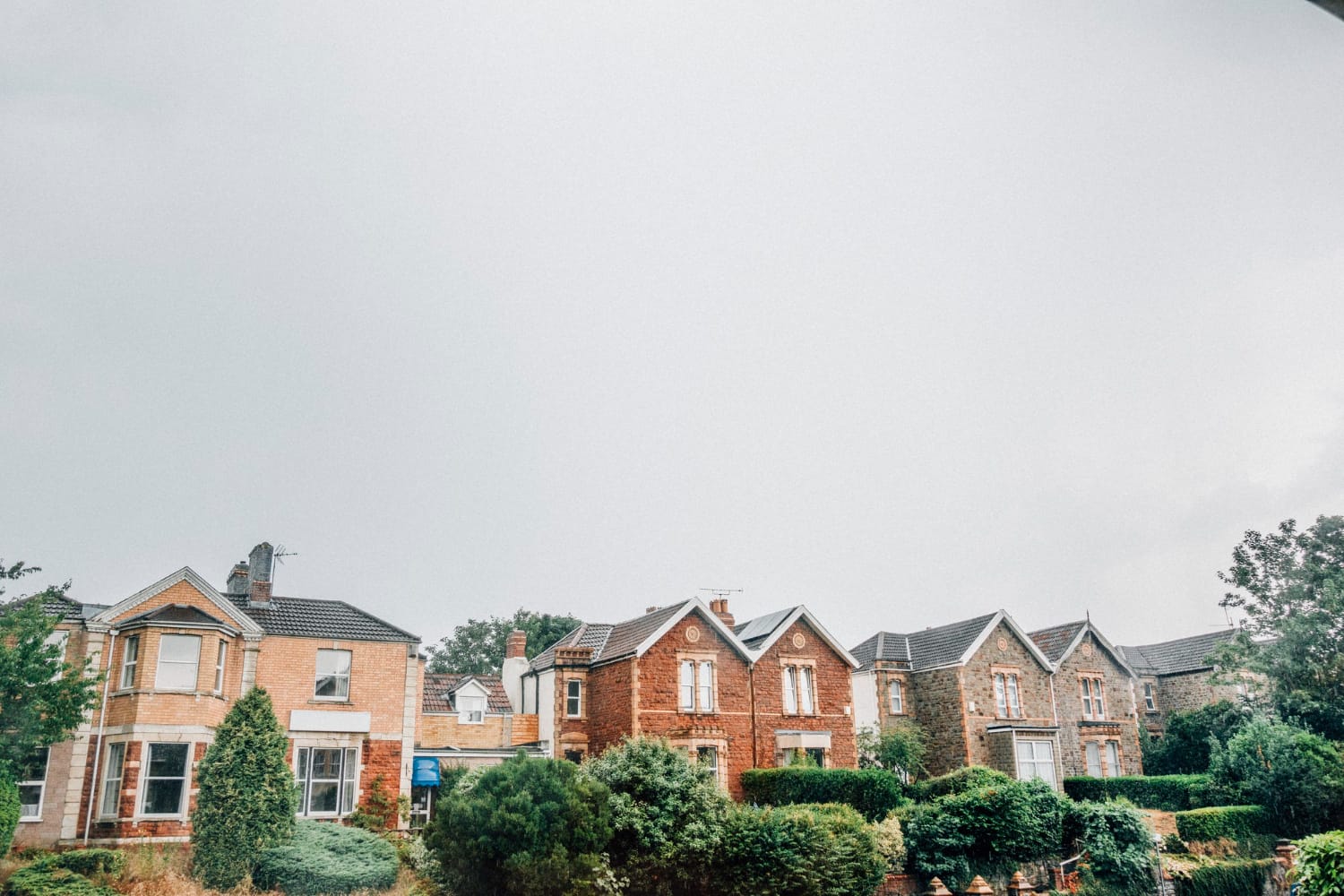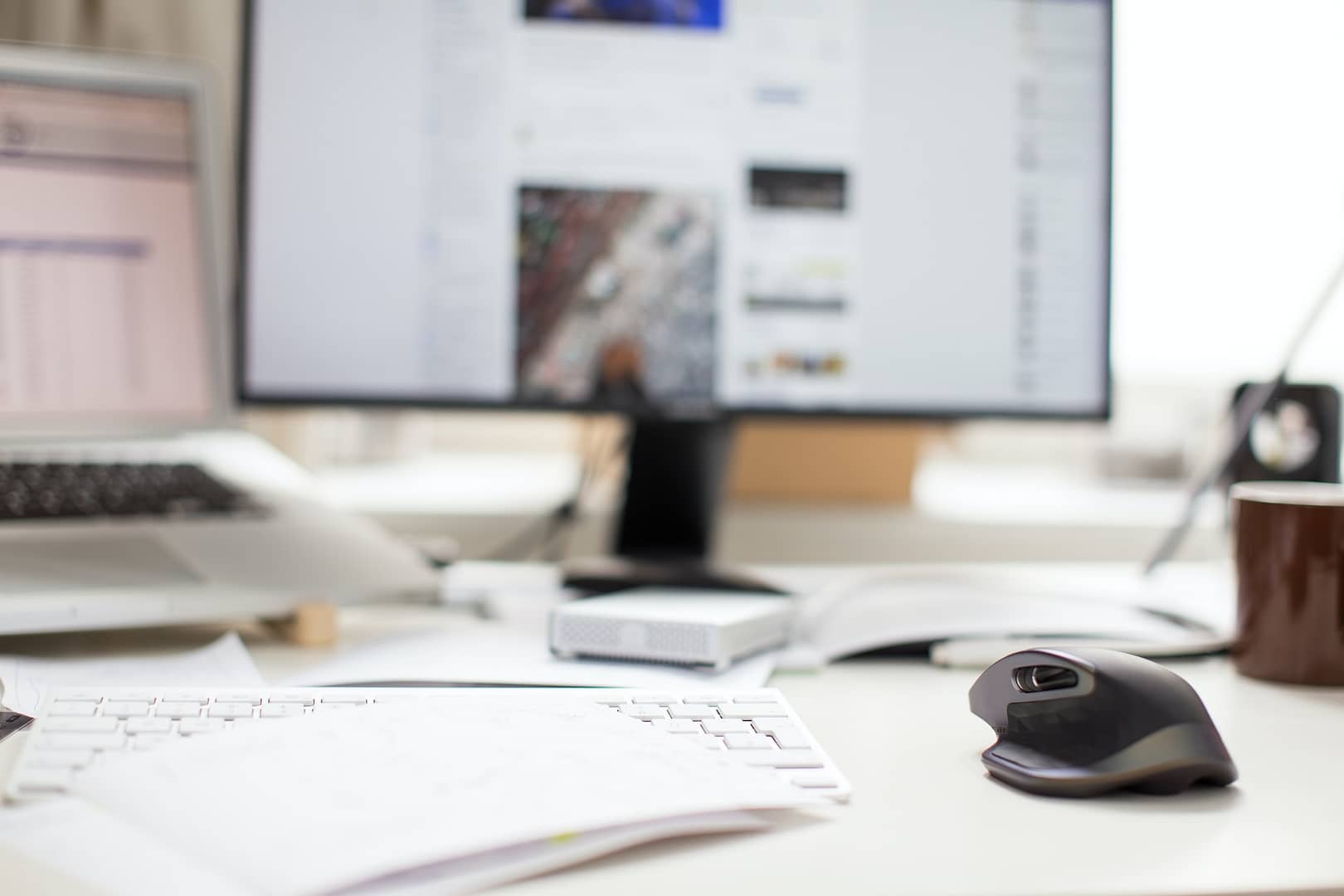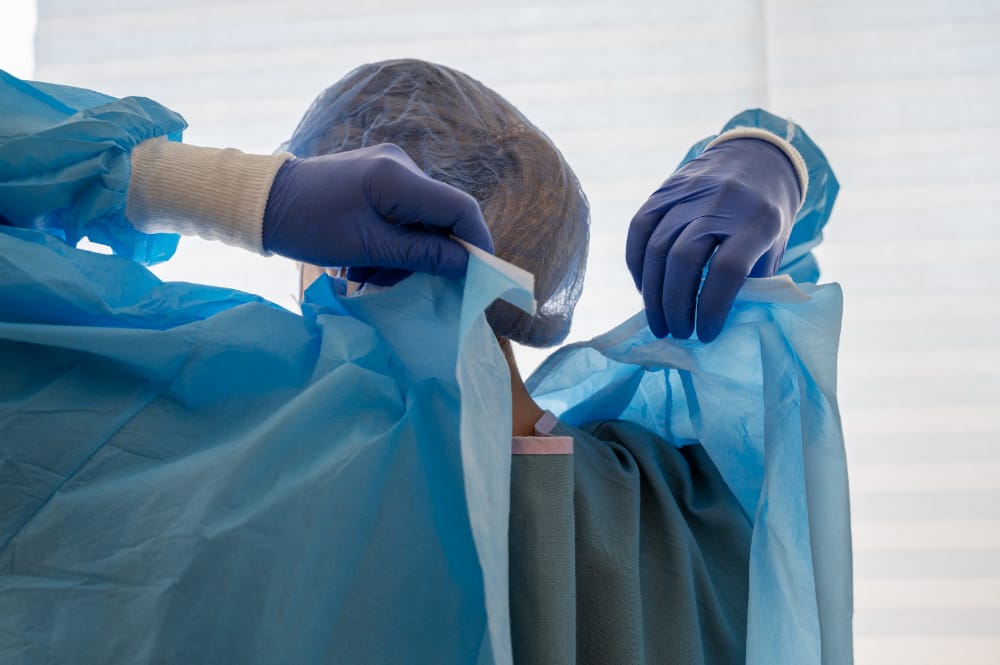In the bustling world of industry and commerce, the night shift is an unsung hero, quietly powering through the dark hours to keep the gears of our economy turning. However, as we navigate this nocturnal realm, a critical question arises: How can we improve the safety of workers on a night shift? Let’s embark on a journey to explore the unique challenges and innovative solutions that can illuminate the path to a safer, healthier night shift.
The Silent Struggles of the Night
Working during the night is a venture into a different dimension, where the world is cloaked in darkness, and the body’s natural circadian rhythms yearn for rest. This misalignment between the external environment and internal biological clocks poses a significant challenge to the safety of night shift workers. Imagine stumbling through a poorly lit warehouse, battling fatigue and reduced alertness—a scenario that begets accidents.
Navigating the Dark: Lighting Matters
One key concern on the night shift is visibility. Poor lighting not only hampers productivity but also escalates the risk of accidents. To address this, workplaces must invest in adequate and strategic lighting. Imagine a well-lit workspace as a beacon cutting through the darkness, guiding workers safely through their tasks.
The Sleep Dilemma: Battling Fatigue
As the world sleeps, night shift workers defy their natural inclination to rest. Fatigue becomes a constant companion, impacting cognitive function and reaction times. This fatigue-induced haze can transform a routine task into a potential hazard. To combat this, companies should implement fatigue management programs, ensuring that employees get sufficient rest between shifts.
Breathing in the Night Shift: Air Quality Matters
While the world sleeps, the machinery hums, and so do potential hazards. Night shift workers often find themselves immersed in an environment where air quality may not be optimal. Poor ventilation and the release of harmful chemicals into the air pose a direct threat to respiratory health.
Breathing Easy: Ventilation Solutions
Improving night shift safety involves addressing air quality head-on. Adequate ventilation systems, coupled with regular air quality assessments, can ensure that night shift workers breathe clean air. Picture a workspace where the air is crisp and free from pollutants, allowing employees to focus on their tasks without compromising their health.
Ergonomics in the Shadows: Physical Strain and Solutions
In the darkness, physical strain often lurks in unsuspecting corners. Improper ergonomics can lead to musculoskeletal disorders and chronic pain, turning a night shift into a painful ordeal for workers.
Comfort in the Dark: Ergonomic Innovations
To enhance night shift safety, companies need to prioritise ergonomic design. Imagine workstations tailored to the human body’s natural contours, reducing strain and promoting comfort. By investing in ergonomic furniture and tools, businesses can create an environment where the night shift becomes not just bearable but conducive to productivity and well-being.
Social Isolation: The Night Shift’s Silent Predator
While the world sleeps, night shift workers may find themselves isolated from the vibrant social rhythms of daylight hours. This isolation, akin to navigating uncharted waters, can lead to feelings of loneliness and mental health challenges.
Connecting in the Dark: Fostering a Sense of Community
To tackle social isolation, companies must foster a sense of community among night shift workers. Picture a workplace where team-building activities are tailored to the night hours, creating bonds that transcend the darkness. By nurturing a supportive environment, businesses can ensure that the night shift is not only safe physically but also mentally and emotionally.
Embracing Technology: The Night Watchman
In our quest to improve night shift safety, technology emerges as a powerful ally. The integration of smart technologies and artificial intelligence can revolutionise the way we approach safety on the night shift.
Smart Surveillance: Eyes in the Dark
Imagine a surveillance system equipped with advanced sensors and algorithms, tirelessly monitoring the workspace for potential hazards. Smart surveillance can provide real-time insights, alerting both workers and supervisors to potential risks. This proactive approach transforms the night shift into a safer and more secure endeavour.
Wearable Tech: Guardians of the Night
Enter the realm of wearable technology, where devices can monitor vital signs and detect signs of fatigue. Picture a worker equipped with a smart wearable that tracks their well-being, providing timely alerts and interventions. By leveraging technology, businesses can create a safer night shift that prioritises the health and safety of its workforce.
Navigating Regulatory Waters: Compliance and Beyond
As we delve into the nuances of night shift safety, it’s essential to navigate the regulatory landscape. Compliance with health and safety regulations is not merely a box to tick; it’s a commitment to the well-being of night shift workers.
Regulatory Vigilance: A Beacon in the Night
Imagine a workplace where adherence to safety regulations is not a checkbox exercise but a guiding principle. Regular audits, training programs, and a commitment to continuous improvement create a safety culture that permeates the night shift. This commitment ensures that every worker steps into the darkness with the assurance that their well-being is paramount.
Making an Accident at Work with National Claims
Now, let’s shift our perspective to the aftermath of an unfortunate incident during the night shift. In collaboration with National Claims, we explore the intricate process of dealing with accidents at work. National Claims, a beacon of support in times of crisis, guides workers and employers through the intricate web of legalities and insurance claims.
In the event of a workplace accident during the night shift, National Claims becomes a guardian, ensuring that affected individuals receive the support and compensation they rightfully deserve. From filing claims to navigating the complexities of insurance procedures, National Claims stands as a reliable partner in the journey towards recovery. We can help guide you through every step of the claims process.
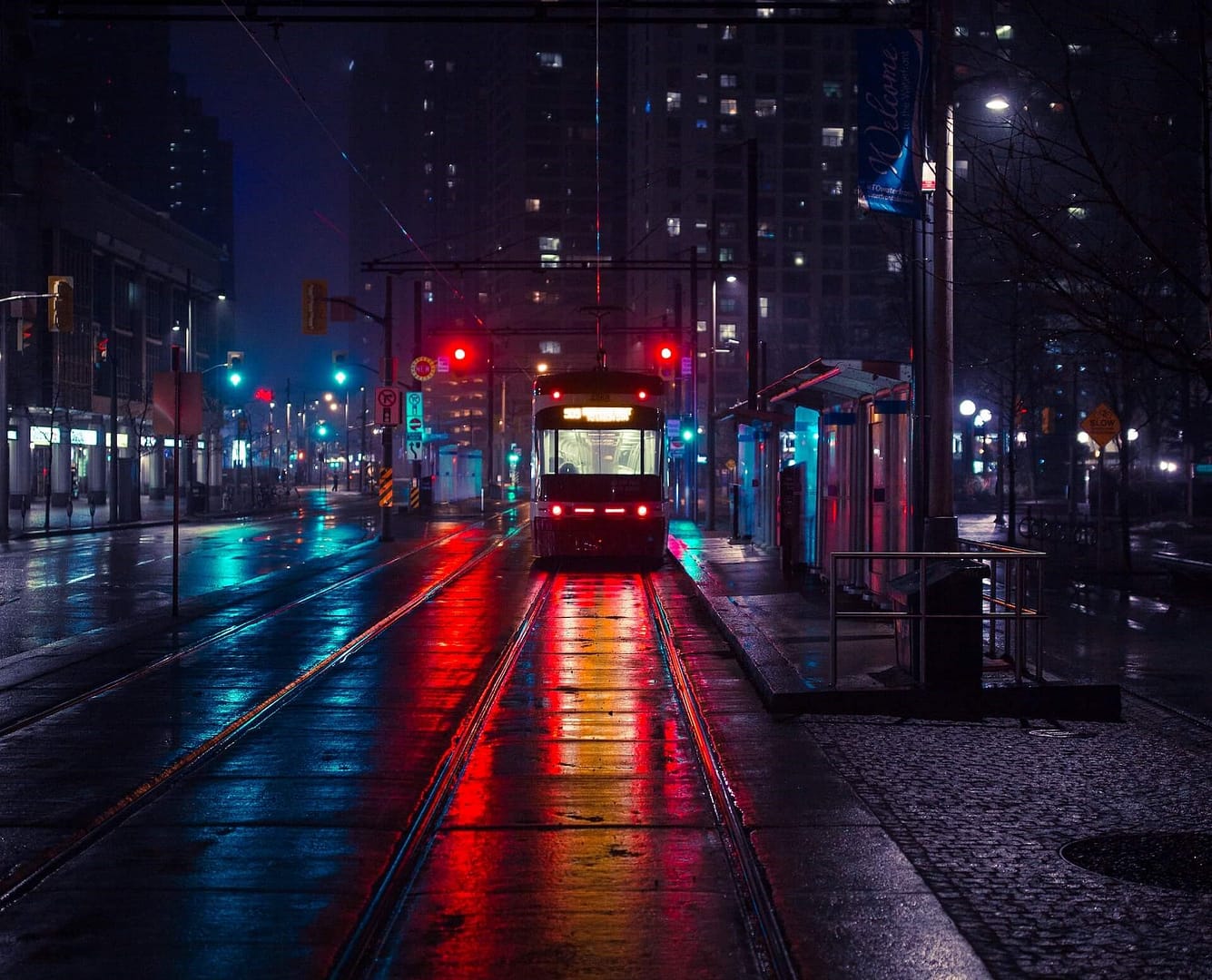
Conclusion
In conclusion, the challenges of improving night shift safety are multifaceted, but so are the solutions. By addressing visibility concerns, battling fatigue, improving air quality, prioritising ergonomics, fostering community, embracing technology, and navigating regulatory waters, businesses can transform the night shift into a safe and productive endeavour. As we stand at the intersection of innovation and responsibility, let us envision a night shift where workers not only survive the darkness but thrive in its embrace.
The symphony of safety measures, coupled with the support of entities like National Claims, harmonises safety and productivity, creating an environment where the night shift becomes a testament to resilience, strength, and the unwavering commitment to the well-being of the workforce. The night shift, once veiled in shadows, emerges as a realm where safety is not just a priority but a guiding principle, lighting the way for a brighter, safer future in the world of work.
Start your claim with the help of one of our claims specialists today by getting in contact with us.
Click below to see why we are one of the most trusted claims management companies in the UK.

We’re proud of our excellent customer reviews
We thrive on delivering exceptional service and ensuring our clients’ satisfaction. Don’t just take our word for it. Check out some of our independent reviews to see what our clients have to say.
Excellent

This firm is excellent, they sorted out my car pay out and injury claim very fast, they always communicate with you all the time.

My accident case was dealt with confidence and with great result of the outcome, especially James kept me informed all the time.

I was very impressed at the way my inquiry was treated. I was listened to attentively and everything I needed to know was explained to me.


